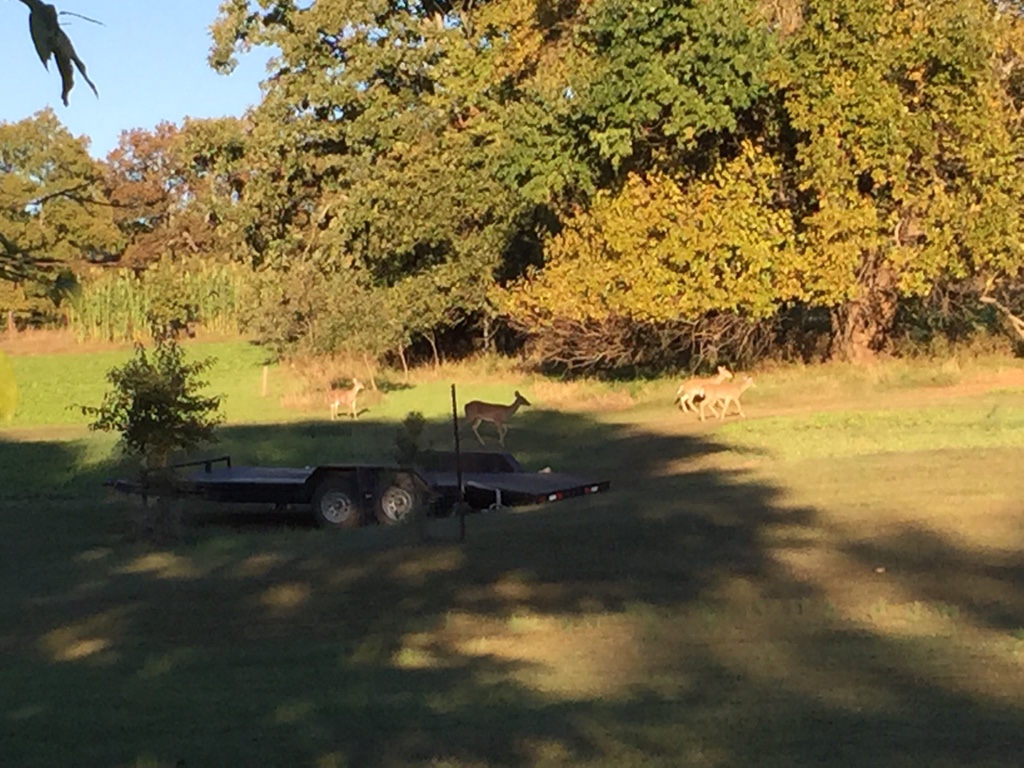You would have liked two threads I had on the now defunct QD forum - "
Field of Weeds or Field of Dreams?" and "
Plant of the Month." After seeing that work destroyed, I'm a little reluctant about starting again.
Since its cold as heck here this morning, I've got a winter browse plant for you - Japanese (vining) Honeysuckle. I know the purist types get their panties in a wad over this plant because it isn't native, but it:
- stays green all winter
- is highly sought out and browsed in the winter
- provides protein levels around 18%
- isn't invasive like bush honeysuckle or capable of doing the negative things that BH can do
- grows mostly at edges and fence rows
- can't take heavy shade so limited on what it can invade in a forest
- can't take mowing so no way to take over a field
- is aggressive enough in its limited space that you won't get rid of it even if you want to - so my best advice is join the party and enjoy the benefits. It's a great plant for old ditches and rough spots out in the sun that are otherwise wasted space. I push tree tops into these places to give it something to climb and the deer walk up and enjoy a fresh, green salad in January.
And, I might add that it was present here when I was born, so to me it is native. The native sweetgum was also present. Guess which one causes the most trouble.............and guess which one I am constantly killing............
Best wishes..........[/QUOT






